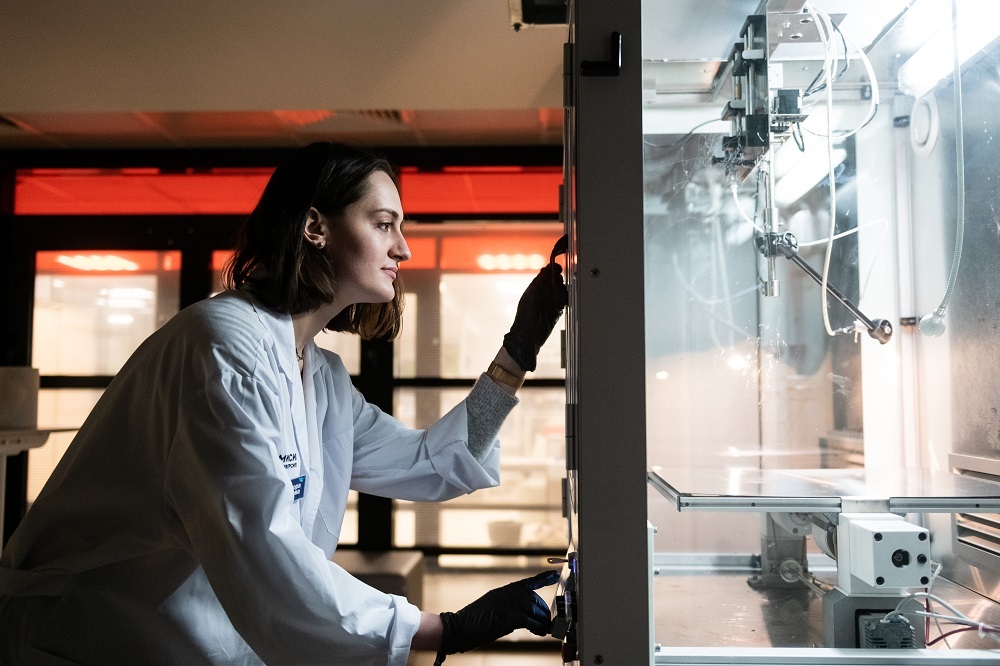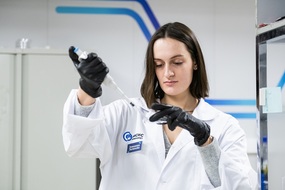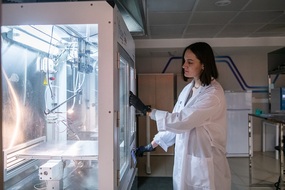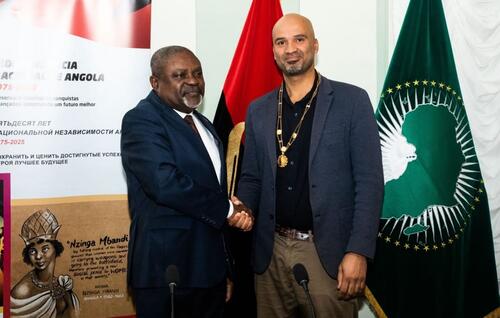Researchers from the MISIS University have created a prototype neuroimplant that could potentially help restore spinal cord damage. Further development of this device into a full-fledged therapy method may help restore motor and sensory functions to normal levels.
Spinal cord injuries affect up to 500,000 people worldwide annually. Most complications from such injuries are observed in large industrial cities, one of which is Moscow. Causes of these injuries include road accidents, an increase in the average population age, falls from heights, and accidents in the workplace. When there is partial damage to the spinal cord, the transmission of nerve signals stops at the site of injury. The most common treatment methods involve medication, mainly aimed at reducing inflammation and pain. Current efforts worldwide to restore the spinal cord involve cellular technologies and electrical stimulation of the damaged area, but often these solutions lack direction for restoring nerve fibers, which slows down the recovery process of the damaged area.
“One of the modern approaches to restoring nerve tissue is the development of a neuroimplant that contributes to recreating its structure. The implant must be mechanically compatible with native tissue, porous, and biodegradable so that its structure and material are ‘comfortable’ for cell attachment and tissue growth. Effective and comprehensive therapy for restoring spinal cord nerve tissue is currently lacking, so further development of such structures that can be implanted in the acute phase of injury is necessary,” said one of the developers of the neuroimplant, Eleonora Zelenova, a graduate student in the iPhD program in Biomaterials Science at NUST MISIS.
Scientists and students at NUST MISIS have created nanostructured frameworks made of a biocompatible polymer that closely resemble the mechanical characteristics of native spinal cord tissues. The neuroimplant has successfully passed in vitro tests, proving its effectiveness on cell cultures. The project is being implemented by a team of bioengineers from the University of MISIS in collaboration with partner organizations that are members of the Health Engineering consortium. Students in the iPhD program in Biomaterials Science under the guidance of Fedor Senatov, PhD, director of the Institute of Biomedical Engineering at NUST MISIS, have been working on developing materials and products in the field of neuroengineering for several years.
“Attracting young people to science and developing skills in technology entrepreneurship are important tasks for NUST MISIS. Master’s and doctoral students at the university participate in the implementation of large-scale scientific projects funded by both the state and business partners of the university. The university operates the Student Technological Entrepreneurship Platform, where students can fulfill technological orders from industrial partners using the infrastructure and research base of NUST MISIS,” noted Alevtina Chernikova, Rector of the MISIS University.
The next step involves continuing research on animal models. A team of students and postgraduates from the MISIS University presented a project on developing and implementing a neuroimplant at the IV Moscow international festival of student entrepreneurship “Moscow is Start Point” in 2024 and won by a significant margin.





